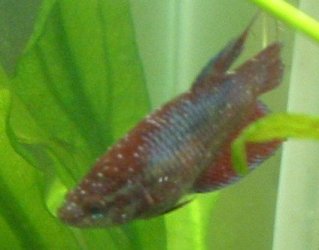I only had to deal with it once.
Just make sure the spots are very small the size of a grain of salt.
Add the whitespot medication but only half dose with the corys, and neons in the tank.
Remove black carbon from filter.
Increase aeration due to medications reducing 02 in the water.
Raise temp to 30.
Get you some information on whitespot, or ich as american's call it..
Ich (a.k.a. White Spot)
Symptoms:
Fish infected with Ich will have pure white, salt-like spots approximately 1 millimeter in size on their body and fins. Fins are most often affected first. If their gills become infected, the fish will show increased gill movements. These white spots, or cysts, may join together to form irregular white patches. If left untreated, the spots will slowly advance to cover the whole body and fins (6-24 hours). Fish with Ich may rub or scrape on rocks or gravel in an attempt to relieve irritation. Redness and blood streaks will appear on both the body and fins as the condition worsens. Its fins will deteriorate as the parasites burrow into the flesh destroying it. Fishes that are infected do not show early sickliness, and may even continue feeding lightly.
Cause:
The parasite
Ichthyophthirius multifilis.
Ichtyophthirius has a direct fish-to-fish cycle and thus can build up quickly in the limited space of an aquarium. Each white spot seen is actually a single living, feeding parasite attached to the fish�s skin. When first attached, these parasites are not yet visible to the naked eye. After feeding on the body fluids of the fish for a couple of days, the parasites become encysted and are then visible on the fish as small white spots. After several days the parasites break free from the fish and fall to the bottom of the aquarium where they begin to reproduce rapidly. Within 24 hours each cyst can contain up to 500 new parasites. When the cyst breaks open hundreds of free-swimming parasites are released into the water. These new parasites then seek out a host (fish) to attach themselves to and feed on. These parasites can only be killed when in the free-swimming stage. Seondary bacterial infections are common.
Treatment:
Carry out a 25%-40% partial water change and treat immediately with either Quick Cure (which is highly effective), or Rid-Ich, Rid-Ick+, Ick Guard, Ick Guard II, Clout and Super Ick Cure. In very hard water the treatment should be performed two times a day, in the early morning and late at night. Since the protozoan, while attached to the host is immune to treatment, this has to be aimed against the free swimming stages. Slowly raising the water temperature to 90 degrees (if the fish can tolerate it) for a few hours every 2 or 3 days may be effective.
Ich is highly contagious, therefore, the entire aquarium and not just a single fish should be treated.
Fish Disease net





